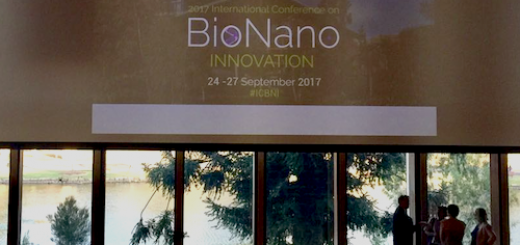New paper in NanoImpact
Angela and colleagues have recently published in NanoImpact their work on quantitative multimodal analyses of silver nanoparticle-cell interactions demonstrating the benefits derived from the combination of different analytical methods.
This study demonstrates the value of combining complementary analytical methods to assess the surface binding and internalization of AgNPs differing in primary size (10–70 nm) and surface (bPEI, PEG, citrate) in human T-lymphocytes, and to link this information with cytotoxicity of those AgNPs. Enhanced dark-field microscopy and imaging flow cytometry were used to semi-quantitatively assess cell–AgNP interactions while inductively coupled plasma mass spectrometry was used to quantitate those interactions. Extracellularly bound and intracellular AgNPs were distinguished by selective removal of cell surface bound NPs by chemical etching.
By taking advantage of the combined analytical methods, we were able to quantify the cell surface bound and intracellular Ag NPs which indicated significantly higher extracellular binding and cellular uptake of cationic bPEI-AgNPs compared to citrate- and PEG-AgNPs. Although the toxicity (IC50) of AgNPs was size and surface coating dependent, the intracellular Ag concentration at each IC50 was similar, varying only from 35–62 fg Ag/cell. This suggests that intracellularization is the main determinant of AgNPs toxicity in mammalian cells.
While this study demonstrates the benefits of the multimodal analysis to reveal cellular interactions with AgNPs, the methodology has a potential to be used for other types of NPs and for further applications in nanotoxicology and nanomedicine.
You can find out more in Nanoimpact, doi: 10.1016/j.impact.2016.02.003






